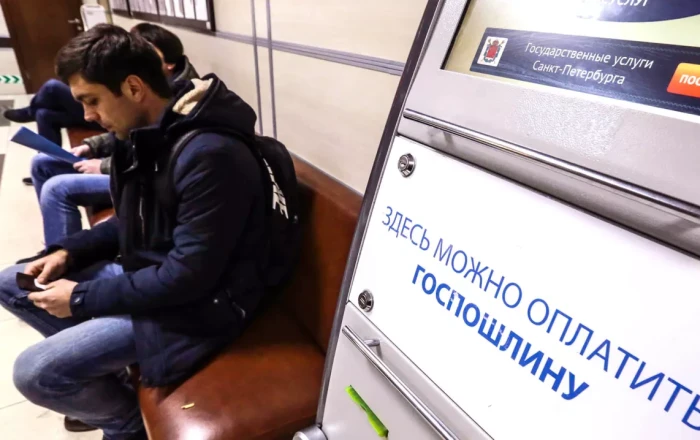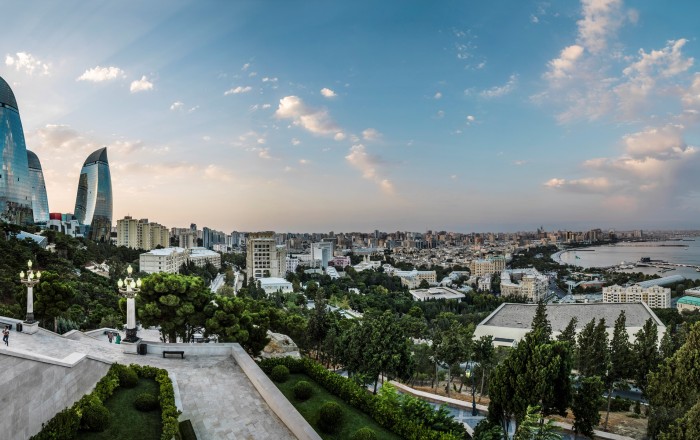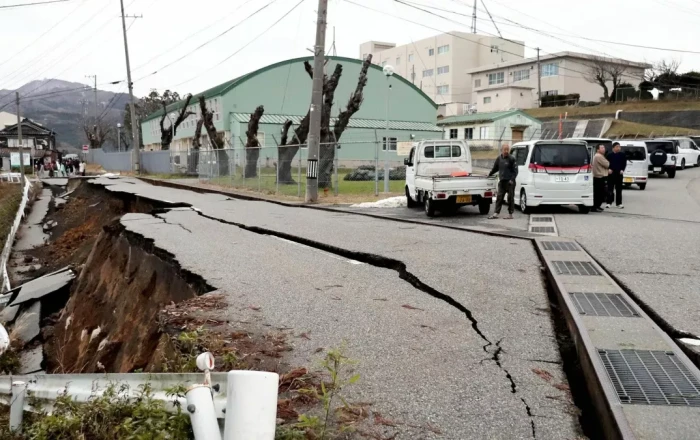A ferry carrying passengers to Indonesia’s popular resort island of Bali sank late on July 2, leaving at least four people dead and 38 missing, as rescuers continued their frantic search for survivors, local authorities confirmed.
The vessel, which was transporting 65 people, went down before midnight while sailing from Ketapang port in East Java’s Banyuwangi regency toward Bali’s Gilimanuk port, one of the country’s busiest ferry routes. So far, 23 people have been pulled from the water alive, but the fate of many others remains uncertain.
“Twenty-three rescued, four dead,” said Banyuwangi police chief Rama Samtama Putra, speaking to AFP on July 3. The ferry, identified as KMP Tunu Pratama Jaya, reportedly sank approximately 25 minutes after leaving port.
Kapal yang memuat sekitar 53 orang penumpang & 12 orang kru , di laporkan tenggelam di selat Bali .
— liaaNew (@NewLiaasister2) July 3, 2025
Kapal ini membawa 14 truk & 22 kendaraan . Di perkirakan tenggelam Tadi malam , sekitar jam 23.20 .
Sampai sekarang tim sar masih mencari keberadaan penumpang & kru .
Semoga… pic.twitter.com/kW7Te9q84y
Indonesian President Prabowo Subianto, who is currently visiting Saudi Arabia, ordered an immediate emergency response to the tragedy. Cabinet Secretary Teddy Indra Wijaya confirmed the directive and noted that preliminary information pointed to “bad weather” as the likely cause of the disaster.
Rescue efforts, led by the Surabaya-based search and rescue agency, faced early setbacks due to rough sea conditions. Agency head Nanang Sigit stated that strong winds, powerful currents, and waves as high as 2.5 meters hampered initial attempts to reach the stricken ferry. Weather conditions have since improved, allowing the search to intensify.
The agency initially reported 61 people missing and four survivors, but updated figures now indicate 38 still unaccounted for. According to the ferry’s manifest, the vessel was carrying 53 passengers and 12 crew members when it sank, along with 22 vehicles, including 14 lorries.
A rescue force of at least 54 personnel—including teams from the navy and police—was quickly deployed, using inflatable boats to comb the waters. A larger rescue ship was later dispatched from Surabaya to bolster the operation.
Four of the known survivors managed to save themselves by using the ferry’s lifeboat and were discovered in the water in the early hours of July 3, authorities said.
Sekurang-kurangnya empat orang maut, 38 masih hilang dan 23 terselamat selepas sebuah feri yang membawa 65 penumpang karam berhampiran pulau Bali, Indonesia.
— Berita Harian (@bharianmy) July 3, 2025
Berita penuh: https://t.co/ElwTUvacxS pic.twitter.com/VxW4DEoMIM
The Ketapang-Gilimanuk ferry crossing, which covers a narrow 5-kilometre strait and takes about an hour, is a crucial transport link between Java and Bali, frequently used by travellers and commercial vehicles alike.
It remains unclear whether any foreign nationals were among the passengers when the ferry sank.
Maritime accidents are tragically common in Indonesia, an archipelagic nation of around 17,000 islands, where safety regulations are often lax and vessels are sometimes unprepared for severe weather.
In March, a boat capsized in rough seas off Bali, claiming the life of an Australian woman and injuring another person. In 2022, a ferry with over 800 people on board ran aground in East Nusa Tenggara province but was freed two days later without casualties. One of the deadliest such disasters occurred in 2018, when more than 150 people drowned after a ferry sank in Lake Toba, one of the world’s deepest lakes, on Sumatra island.
The search for the missing passengers continues as Indonesia once again grapples with the human cost of maritime travel in treacherous waters.
By Tamilla Hasanova
Source: caliber.az












